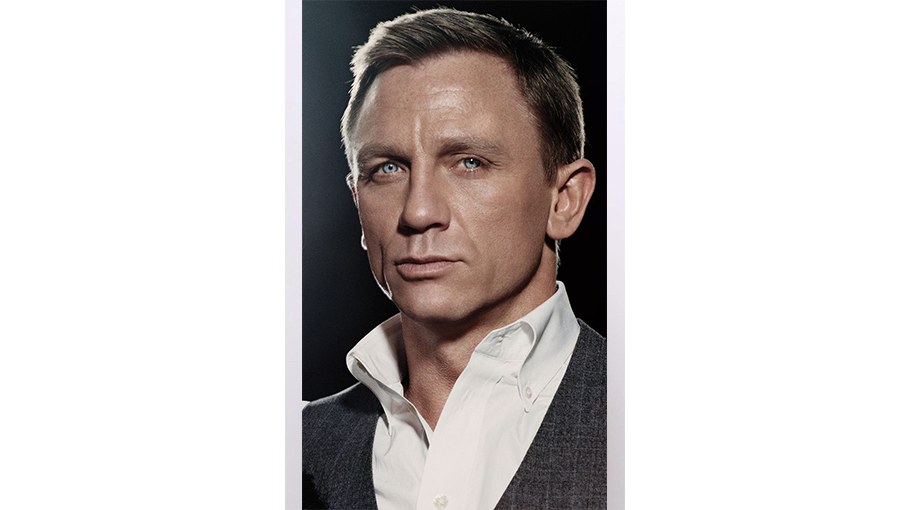How ‘Bond’ character rights hurt Craig’s big story

W hen Daniel Craig's era started as ‘James Bond’ the producers invented Quantum as the narrative lynchpin for his arc, but dropped them when the rights to ‘SPECTRE’ were obtained, hurting 007’s overall story. Craig's 5 outings as the super-spy have been markedly different than any previous Bond film. Rather than being stand-alone adventures as had been the case for the preceding 20 movies, each new installment continues the story, as ‘Bond’ grows and changes as a character.
Read more: Craig missing the bigger point about a female ‘James Bond’
This narrative choice was necessary in order for Daniel Craig’s era as ‘James Bond’ to stay relevant. The audience’s tastes were changing, and long-form storytelling was being championed as the way forward. Continuing the series as a collection of self-contained films where the status quo is reset at the end of each mission just wouldn't work, as people wanted to know that the story was building to something. To this end, 2008's ‘Quantum of Solace’ picks up only an hour after ‘Casino Royale’, being Bond's first true sequel. The villains of the movie are a crime syndicate called ‘Quantum’, and the film goes to great lengths to try and establish them as a real and unstoppable threat to MI6 and the world at large. They are also responsible for Vesper Lynd’s betrayal of ‘Bond’ in ‘Casino Royale’ and being teased as his white whale that he will follow to the ends of the earth.
Collider
As a threat, it's tailor-made for James Bond's historic literary and cinematic nemesis Blofeld and his villainous organization ‘SPECTRE’. However, at the time ‘Quantum of Solace’ was made the film rights to ‘SPECTRE’ were embroiled in decades of litigation. When the rights were finally settled in 2013, the idea of bringing both ‘SPECTRE’ and Blofeld back was too tantalizing an opportunity to pass up.
Collider




